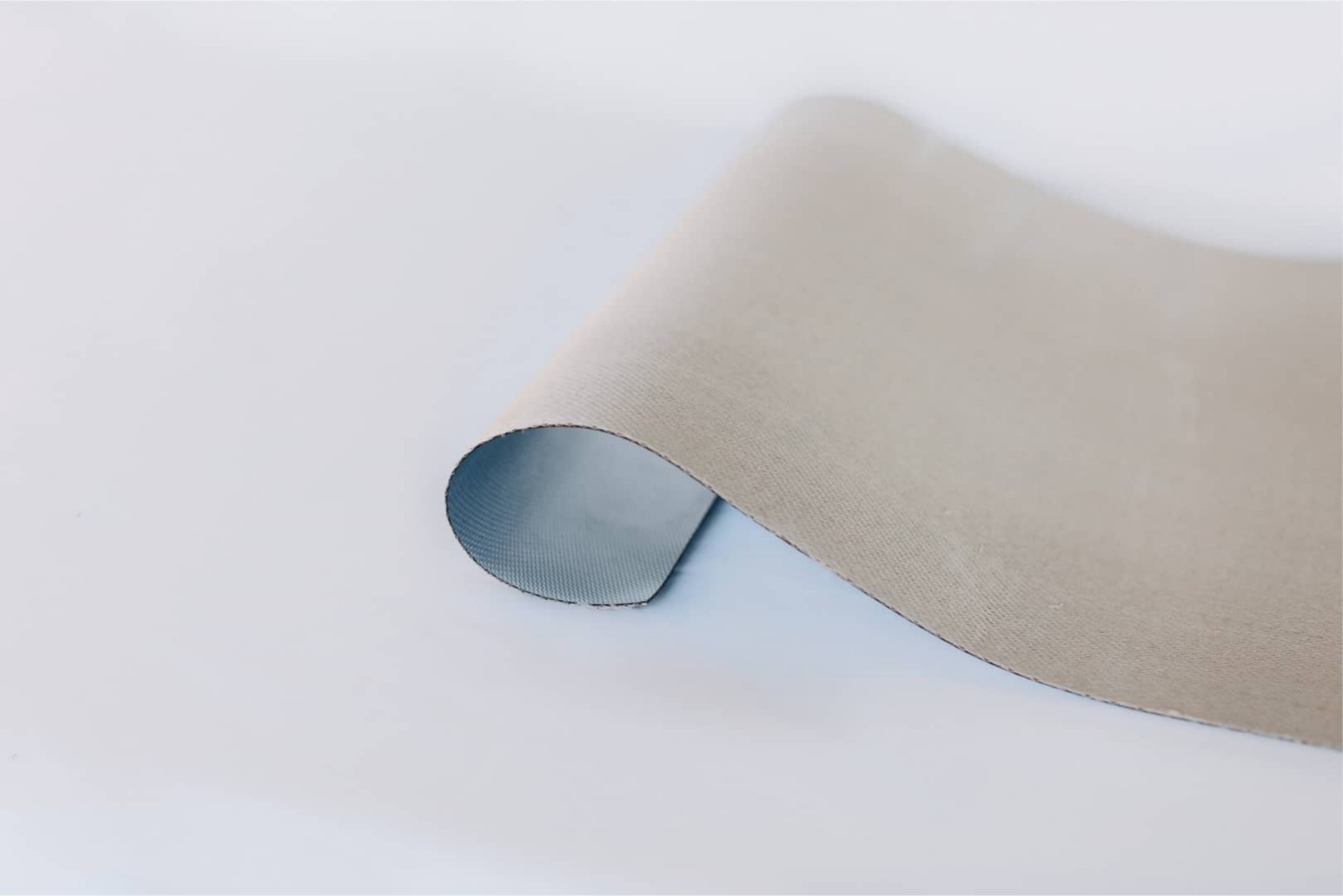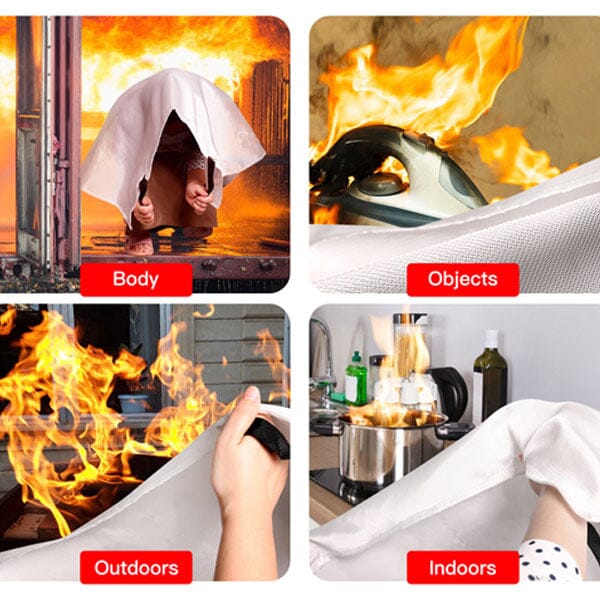Fire Stopping Blankets: Essential Protection Against Fire Spread
Summary:Fire stopping blankets are crucial safety products that prevent fire spread through openings. This guide explains their materials, uses, installation, and benefits for both residential and commercial applications.
What Is a Fire Stopping Blanket?
A fire stopping blanket is a flexible, fire-resistant barrier designed to seal openings and prevent the spread of flames, smoke, and toxic gases. Unlike rigid fire stops, these blankets conform to irregular shapes, making them ideal for temporary or permanent protection around pipes, cables, and ductwork.
Key Materials and Construction
Quality fire stopping blankets typically combine multiple layers:
- Outer layer: Fiberglass or ceramic fabric for durability
- Middle layer: Intumescent material that expands when heated
- Inner layer: Mineral wool or silica for insulation
These materials work together to provide thermal insulation (up to 1800°F/982°C) and block oxygen from feeding fires.
Where You Need Fire Stopping Blankets
Install fire stopping blankets in these critical areas:
- Wall penetrations:Where pipes or cables pass through fire-rated walls
- HVAC systems:Around ductwork passing between floors
- Electrical panels:Behind equipment that generates heat
- Temporary seals:During construction or renovations
Installation Best Practices
For maximum protection:
- Measure openings carefully - blankets should overlap edges by at least 4 inches
- Secure with fire-rated sealant or mechanical fasteners
- Inspect annually for damage or compression
- Never compromise rated assemblies - maintain listed systems
Professional installation ensures compliance with local fire codes (typically UL 1479 or ASTM E814 standards).
Advantages Over Traditional Methods
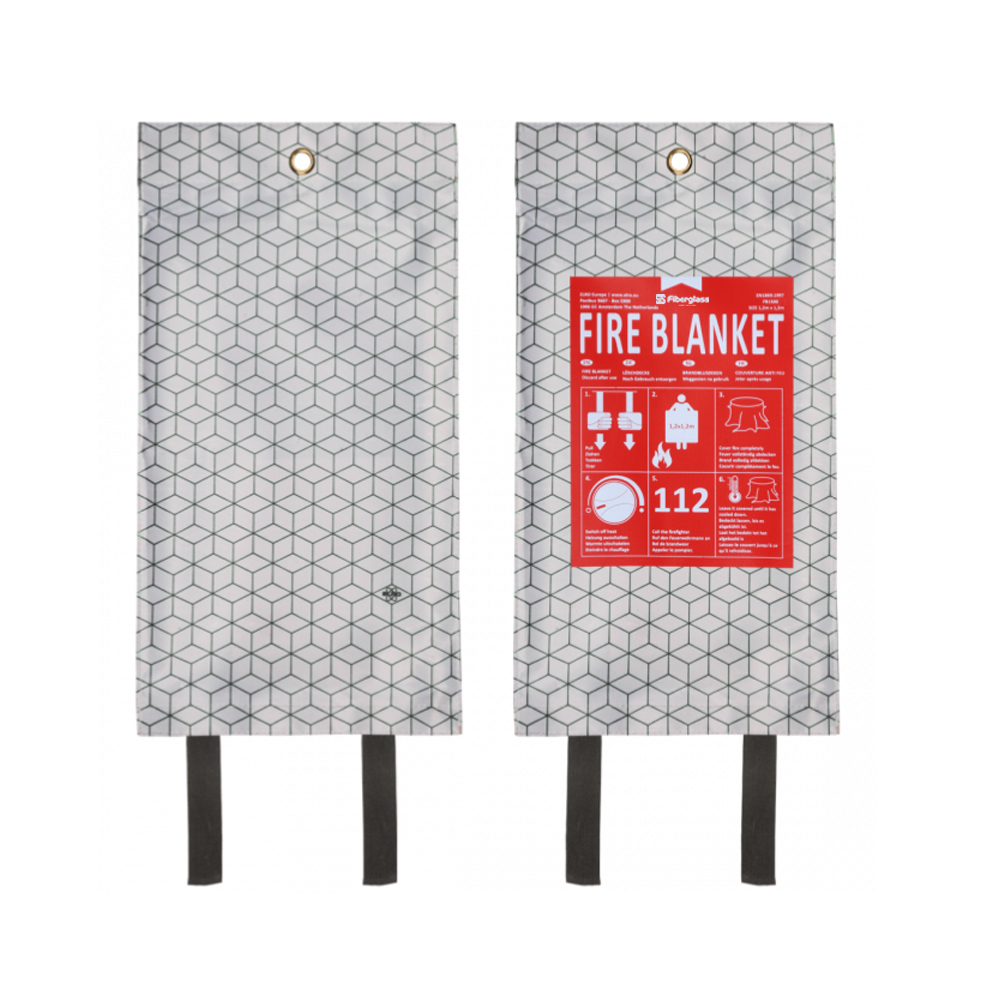
Fire stopping blankets offer unique benefits:
| Feature | Blanket Advantage |
|---|---|
| Flexibility | Conforms to irregular shapes better than mortar or putty |
| Reusability | Can be removed and reinstalled during maintenance |
| Vibration resistance | Maintains seal in high-movement areas |
Maintenance and Inspection
To ensure ongoing protection:
- Check for tears, gaps, or compression every 6 months
- Replace if the intumescent layer appears damaged
- Document inspections for compliance records
- Train maintenance staff on proper handling
Choosing the Right Fire Stopping Blanket
Consider these factors when selecting:
- Fire rating:Match your required protection time (1-4 hours typical)
- Size range:Ensure coverage for your largest openings
- Certifications:Look for UL, FM, or EN listings
- Environmental resistance:Some resist moisture, chemicals, or UV exposure
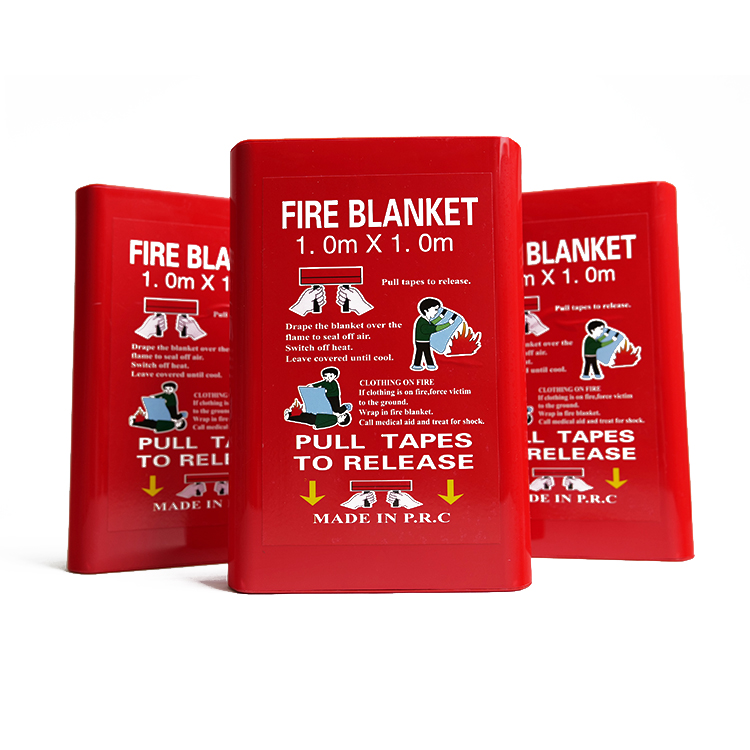
Common Mistakes to Avoid
Steer clear of these errors:
- Using non-rated materials as substitutes
- Improper overlap at seams
- Blocking required ventilation openings
- Ignoring manufacturer's installation instructions
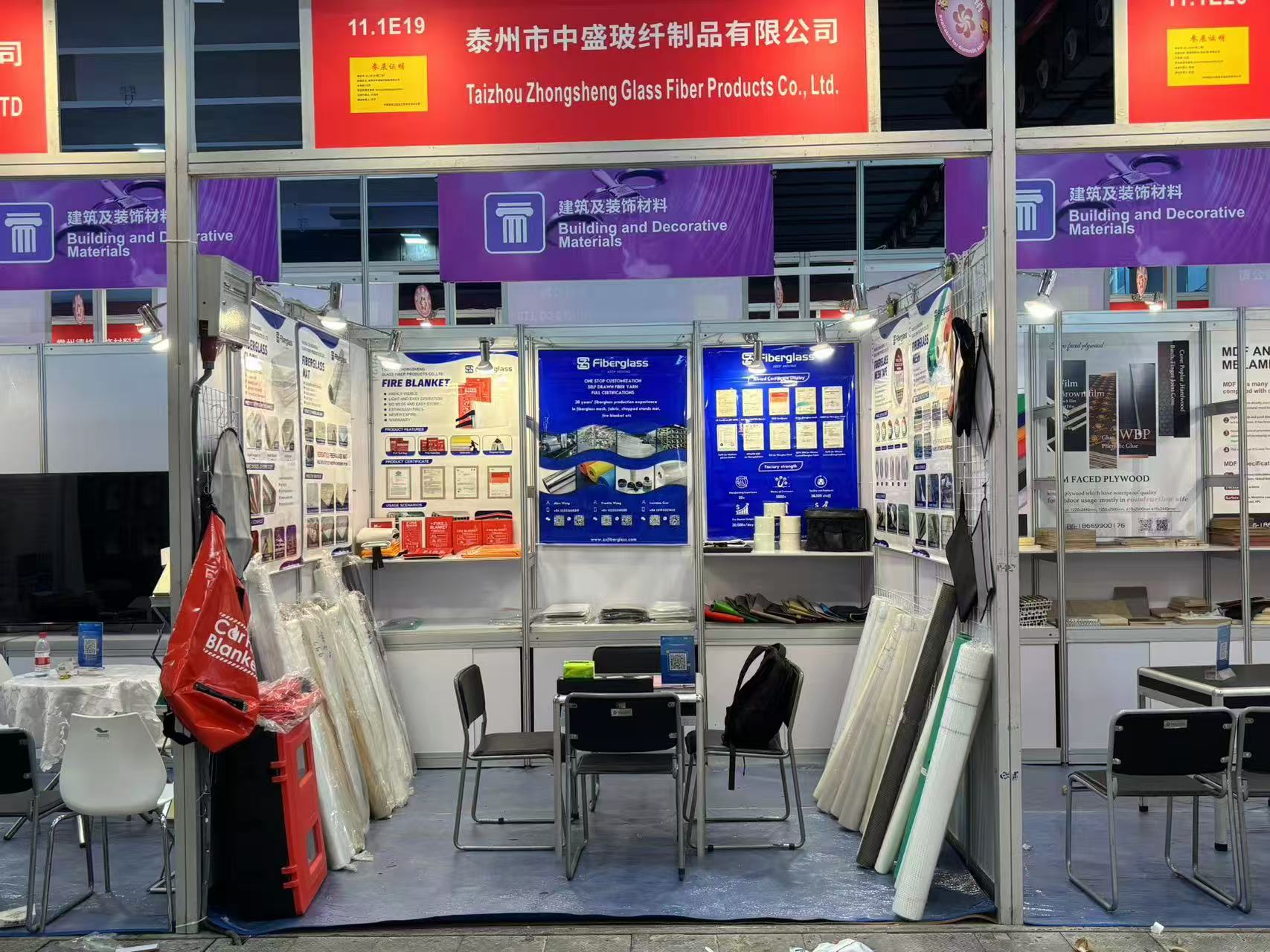
Fire stopping blankets provide versatile, code-compliant protection when properly selected and installed. Their flexibility and reliability make them essential components in modern fire protection systems for both new construction and retrofit applications.




